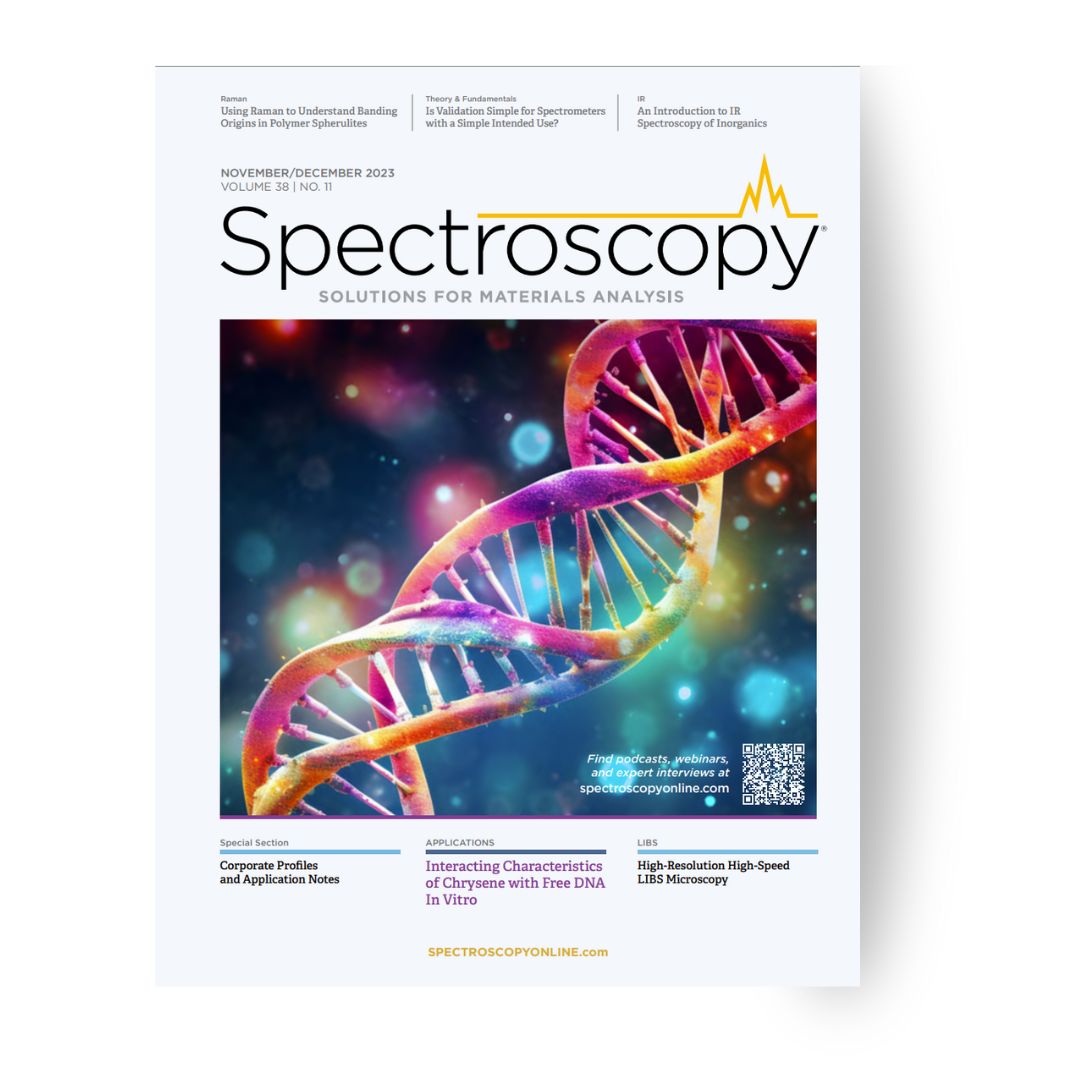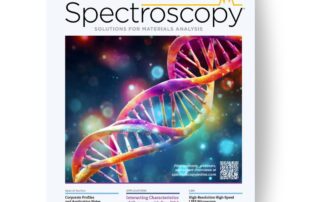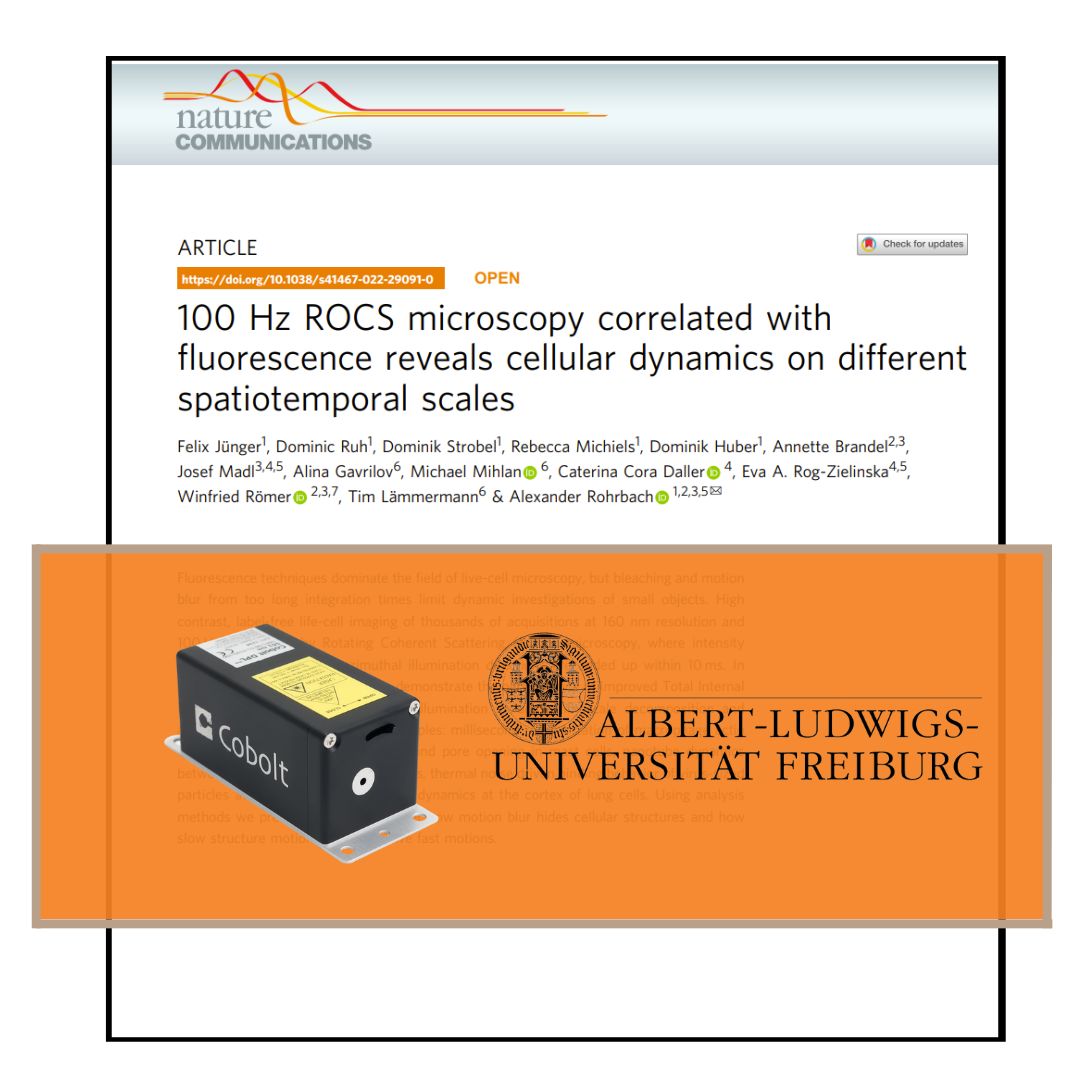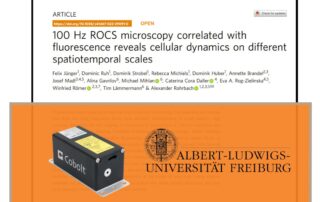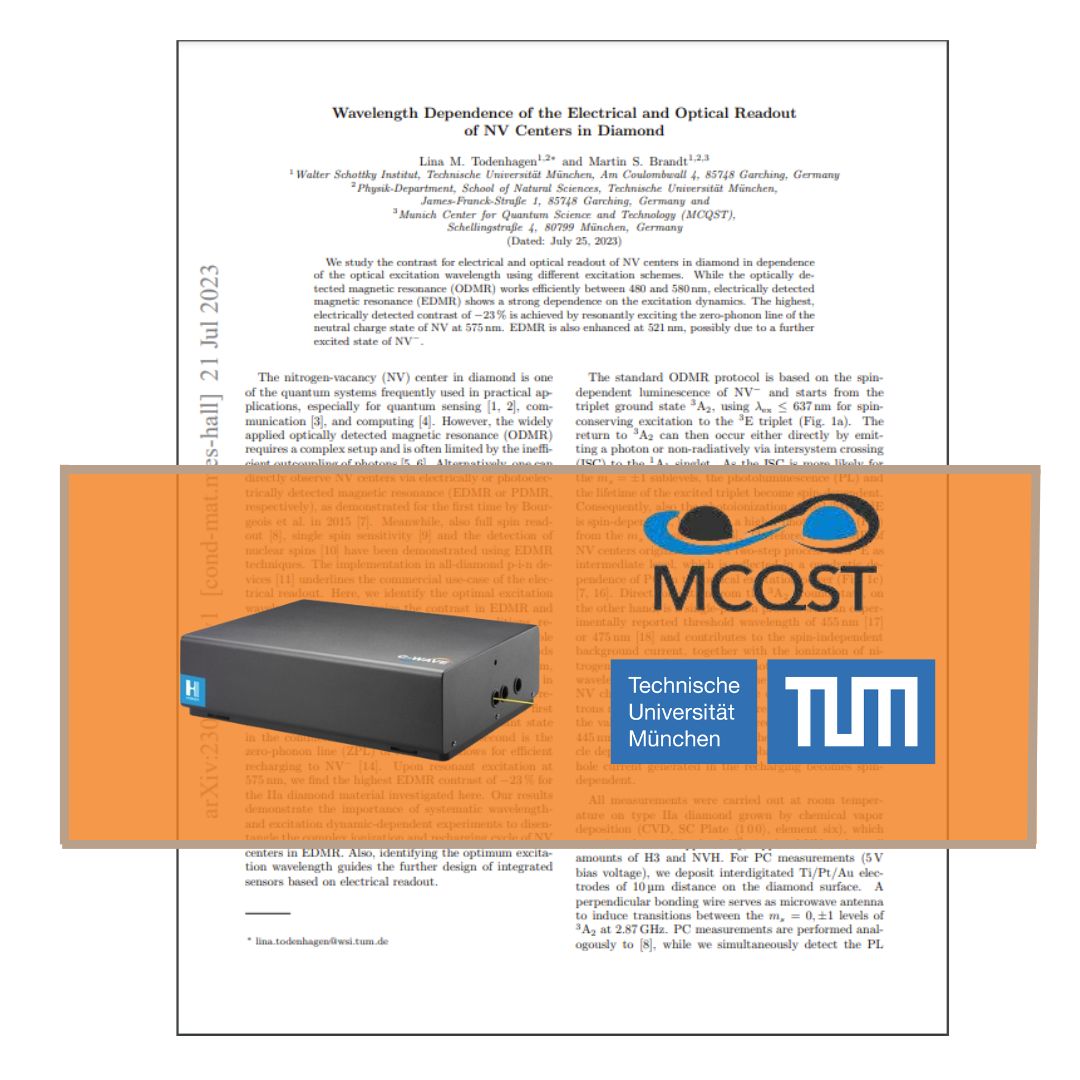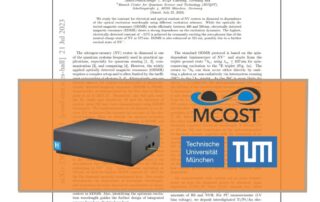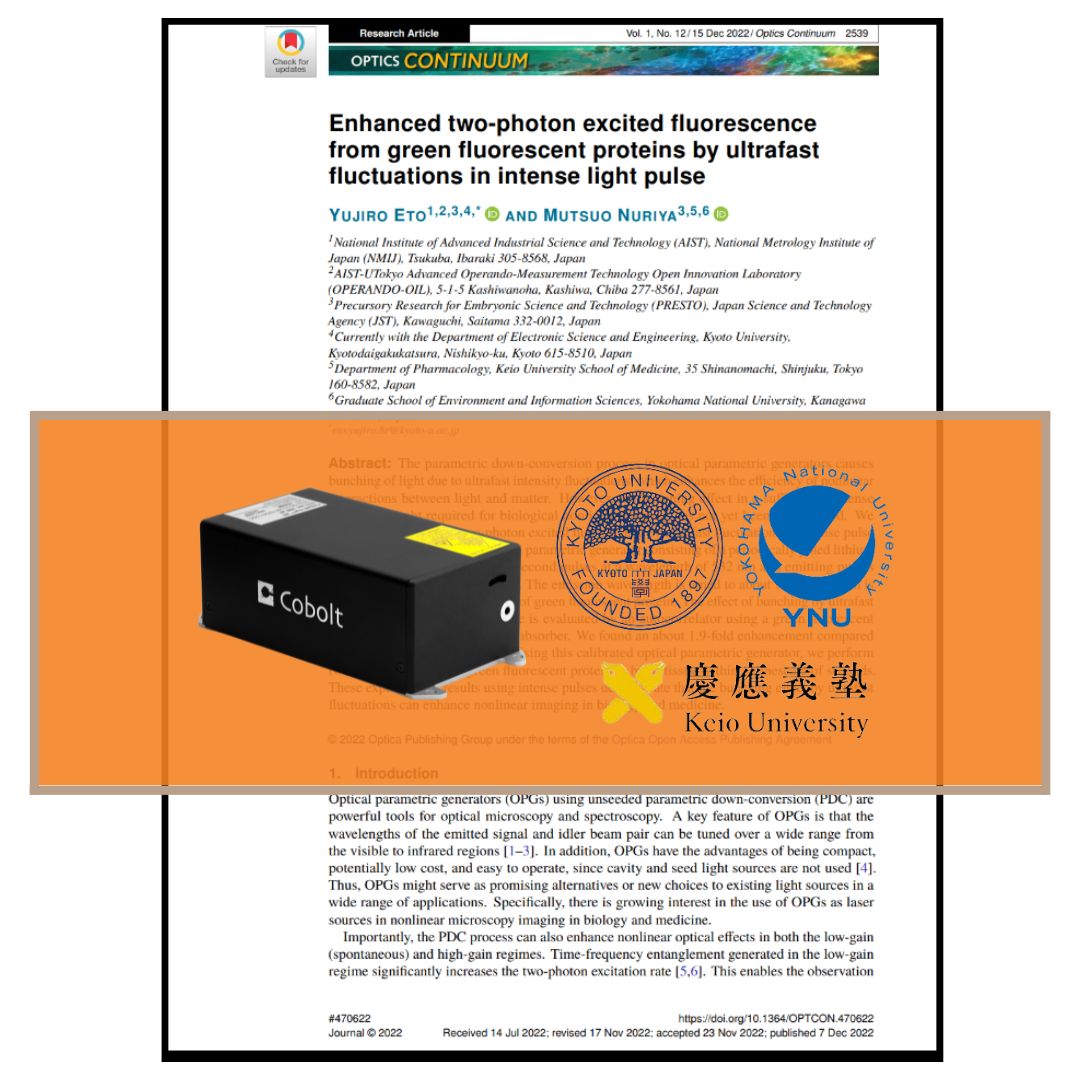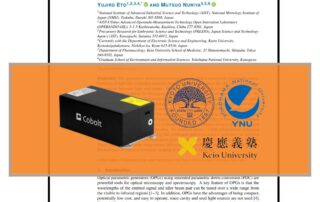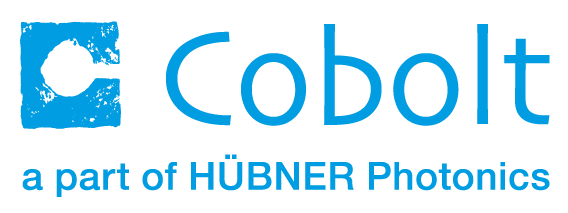New editorial: High-Resolution High-Speed LIBS Microscopy
We are excited to share our latest featured article in Spectroscopy co-authored by our HÜBNER Photonics product manager Elena Vasileva.
LIBS (Laser-Induced Breakdown Spectroscopy) imaging is revolutionizing our ability to analyze elemental and mineralogical distribution within samples. Traditionally, we’ve relied on excitation sources like lasers with a repetition rate of 10-100 Hz for LIBS analysis. But what if we could enhance our capabilities for high-resolution imaging without enduring lengthy acquisition times?
The research shows how the development of a µ-LIBS imaging microscope can provide an astonishing 10 µm resolution in under 20 minutes per cm². For the first time, we can capture high-resolution images, revealing intricate elemental distribution within the analyzed samples.
The world of LIBS imaging is evolving, and we’re at the forefront of this exciting journey! This opens up endless possibilities across various research fields, from biomedical and geological material analysis to industrial applications like mining!
Read more in the magazine on page 34!
